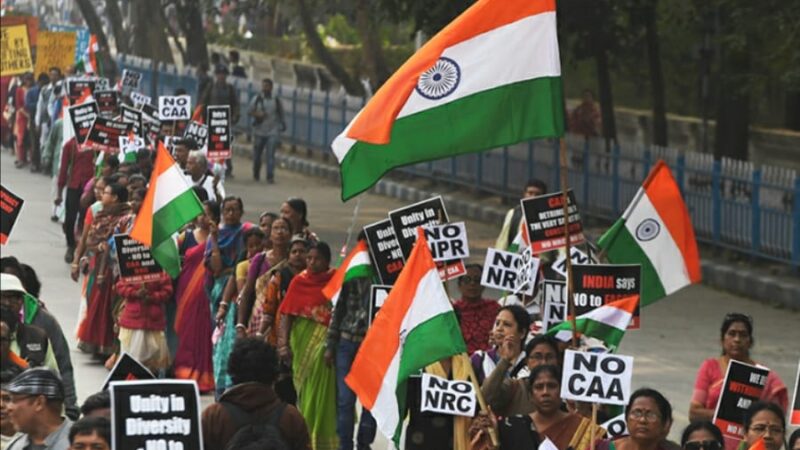The Endangered Daughters Of India

There are over 35 million girls missing from India’s population even today, which leaves little cause for celebrations. This article aims at identifying the major causes of India’s skewed child sex ratio (females per thousand males) at grass root level and the magnitude of the problem in India. At the grass root levels, there are a number of reasons that result in sex selective killings. The major reason for these missing women is generally Gendercide. Gendercide basically refers to different practices including sex-selective abortions, infanticides or death caused by neglect. In the last few decades, technological advances have enabled one to identify the child’s gender in the first trimester of the pregnancy itself. But the main question is that after detecting the sex of the child, why does it become imperative for the parents to get involved in sex selective killings? The main reason behind these killings is the preference for sons over daughters, which is a general trend in a number of Asian countries. The first reason for wanting sons is that this way the family has someone to pass on their property to, which will then remain within the family itself. Secondly, having sons from the religious point of view, is also very important because according to Hindu traditions, only male family members of the deceased can light their funeral pyre, offer clothes to Brahmins etc. Another reason for wanting sons is that they provide their parents with added economic support in old age and in case of earlier disability. Daughters generally do not stay with their parents after their marriage as they typically reside in their husband’s home or native village. Whatever little help a daughter may provide to her parents will be lost when she is married and goes to her in-laws’ home, and that is why couples deem it a “waste” to invest in their daughters’ upbringing and particularly in their education. It is also considered to be a ‘less expensive affair’ to get a son married in India as compared to a daughter because of an age old tradition called dowry which still exists in India, although not legally but at least factually. The most astonishing thing is that women themselves in India have, since times immemorial, wanted sons instead of daughters, for which they have their own share of reasons and irrational ideas. The most important one obviously being that they do not want their daughters to face the same sort of hardships they had faced as a woman, during their growing up years. The extent of the problem of sex selective killings in India is highly widespread and the demographics of India all the more prove this assertion. “According to recent medical research, over 10 million female fetuses may have been destroyed due to sex-selection abortions in the past twenty years in India.” This clearly proves the fact that there is a very evident connection between sex selective abortions and the declining sex ratio in India. Hence, the extent of sex selective killings has become so widespread in India, that despite having adequate laws in place, controlling it at the grass root levels has become nearly impossible. Obviously, on a large scale, this problem can be addressed through a number of means. The government could incentivize having girl children through measures like providing allowances for female children who enroll in senior school, or giving every female child going home from school, rations for the whole family at the end of the month. However, all the measures taken till date to check sex-selective abortion, legal or otherwise, only cure the symptom and not the root cause of the problem and a solution to the root cause is something that still has to be discovered. ————–






